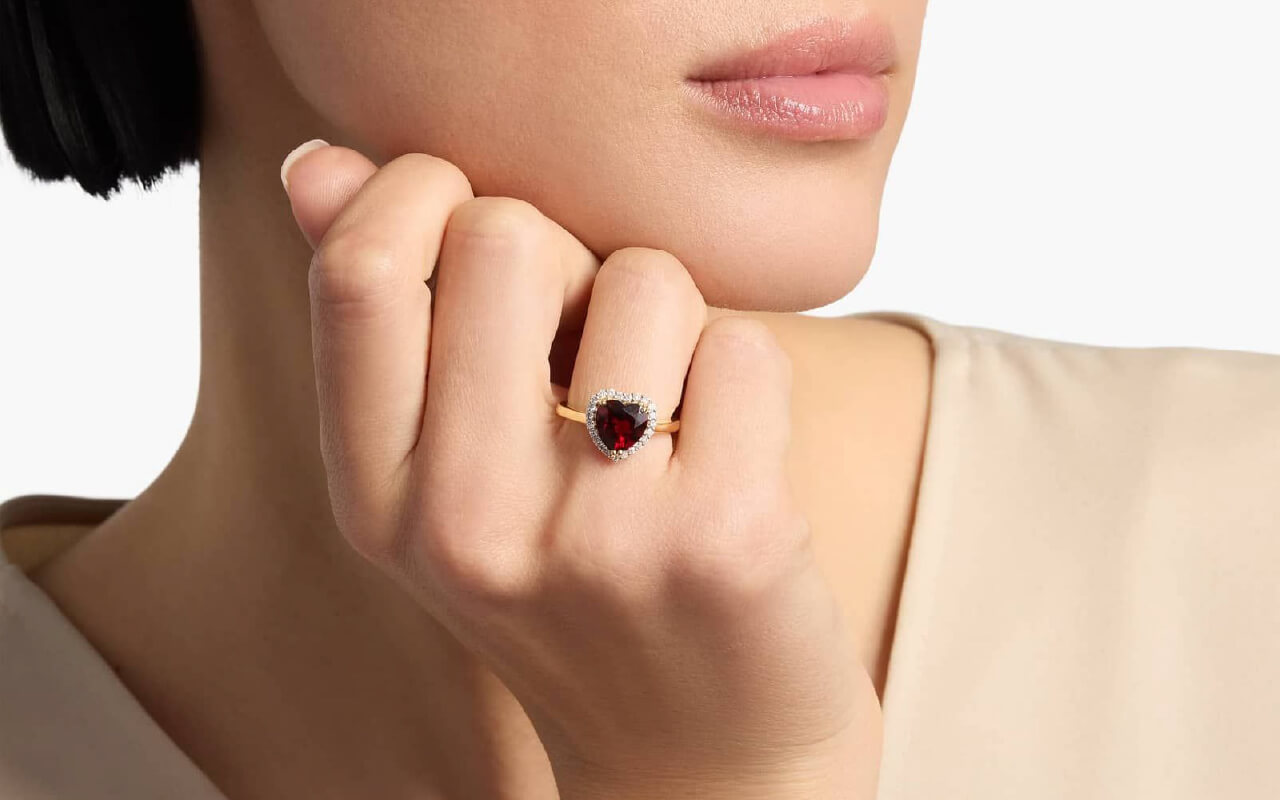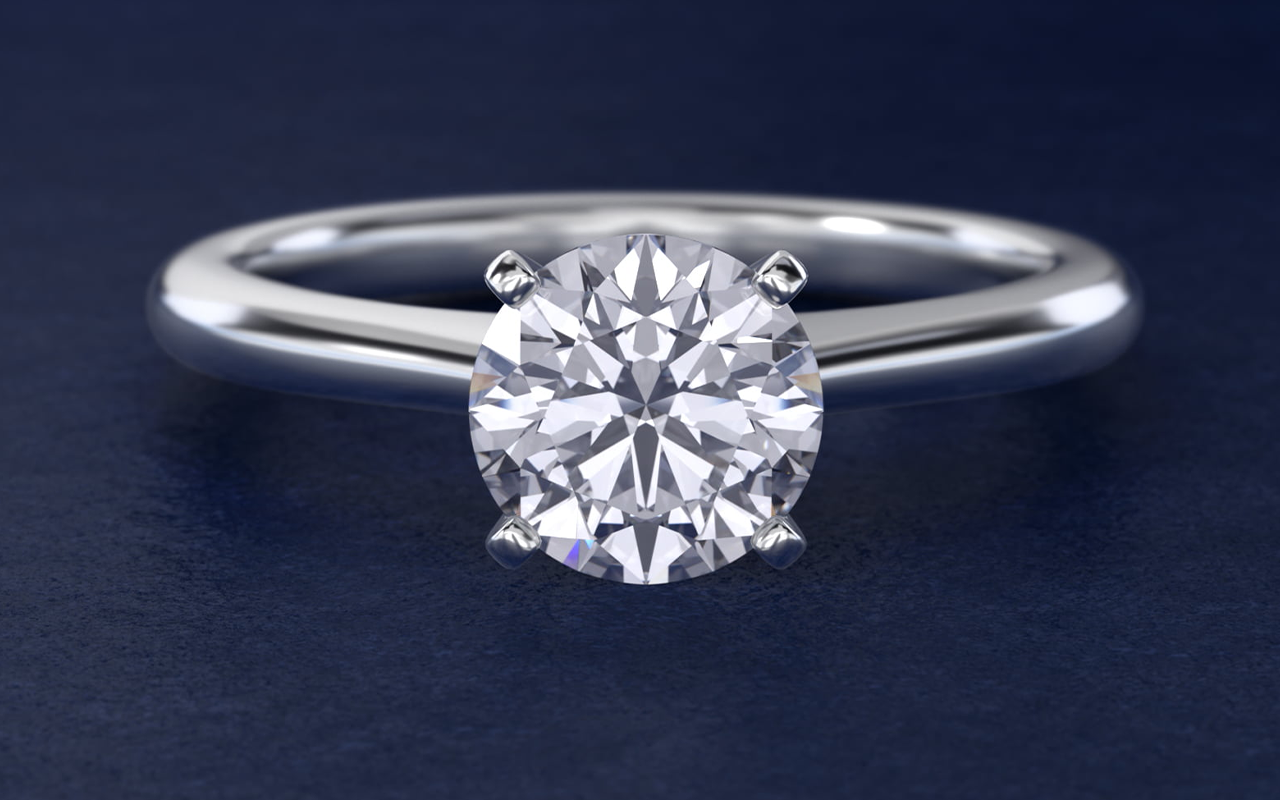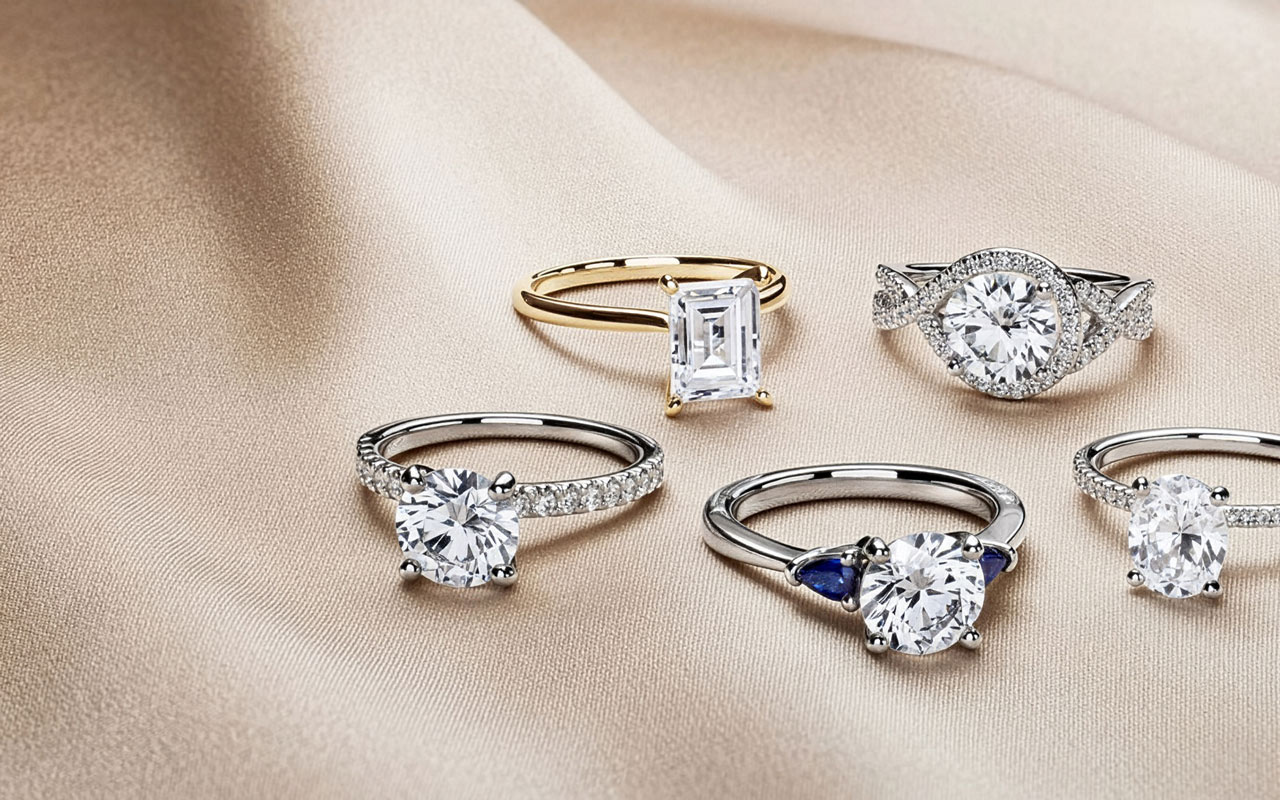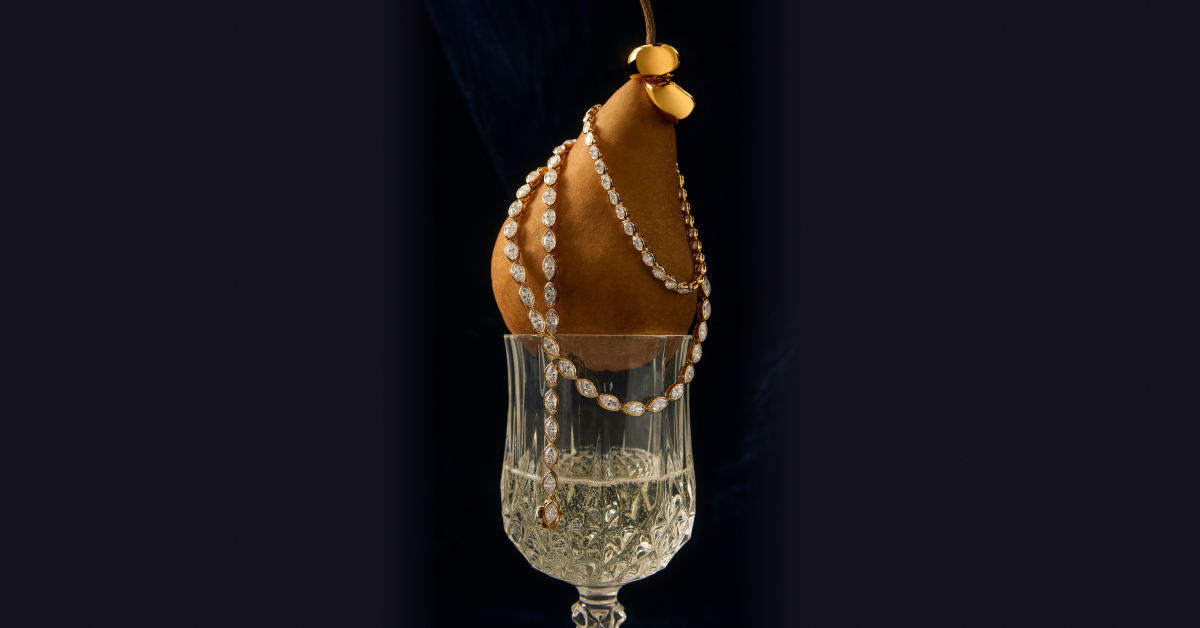Getting engaged follows a classic formula for many couples: someone gets down on one knee, asks the pivotal question and presents a shining engagement ring in an iconic Blue Nile display box. There are also many ways that people personalize this pivotal moment with creative proposal ideas, meaningful locations or alternative gemstone engagement rings that branch out from the norm.
It may seem like proposals have always gone this way, but over the centuries getting engaged and married has looked different throughout the world. Different cultures have their own traditions regarding proposals, engagement rings and wedding rings.
So, how did we get to today’s ubiquitous engagement rings? We’re exploring the history of the engagement ring and its current status as the most symbolic piece of jewelry that most people will ever own.
Ancient Ring Beginnings
In ancient Rome, rings made from flint, copper, silver or gold were worn by women to represent a business contract or mutual love. These rings helped popularize the time-honored tradition of wearing a symbolic piece of jewelry on the fourth finger of the left hand. It was believed that this finger had a special vein running directly to the heart, thus connecting the wearer to their partner even further. Many cultures still uphold this wedding tradition of wearing rings on the left hand’s fourth finger.
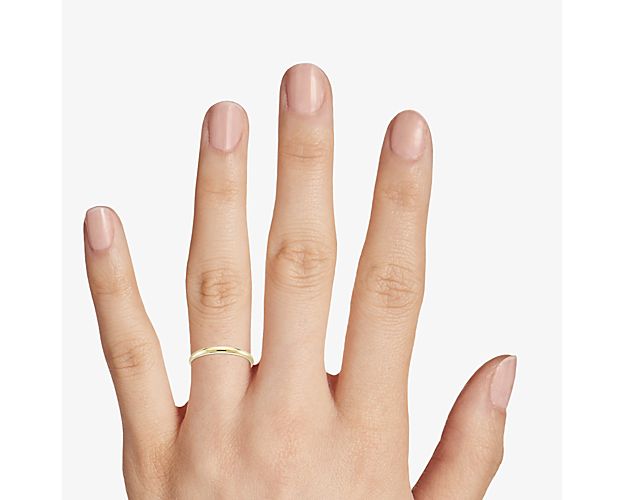
Historic Symbols of Betrothal
While the tradition of wearing a ring after marriage continued for centuries, the engagement ring saw its introduction in the 8th century when Pope Nicolas I decreed that a suitor should present their betrothed with a shining ring as a symbol of their intention to marry. This tradition continued through much of the world all the way through the Middle Ages, with ruby and sapphire rings serving as some of the most popular styles.
In 1477, diamond engagement rings got their first taste of the spotlight when Archduke Maximilian of Austria proposed to Mary of Burgundy with a diamond engagement ring. While this made diamond rings popular for nobility, the rarity of these gems meant that other styles were more common for everyday people. Metal-focused intertwined styles such as fede rings and gimmel rings were highly popular from the 16th to 18th centuries.
Reintroduction of Diamond Rings
Following the discovery of diamond deposits worldwide in the 18th and 19th centuries, rings with diamonds became fashionable for people across many different cultures and financial statuses. These first diamond rings were typically cluster rings, but advances in manufacturing during the Industrial Revolution allowed for larger and higher-quality gems. Soon, solitaire engagement rings that focused on a singular diamond became the popular style in the late 1800s.
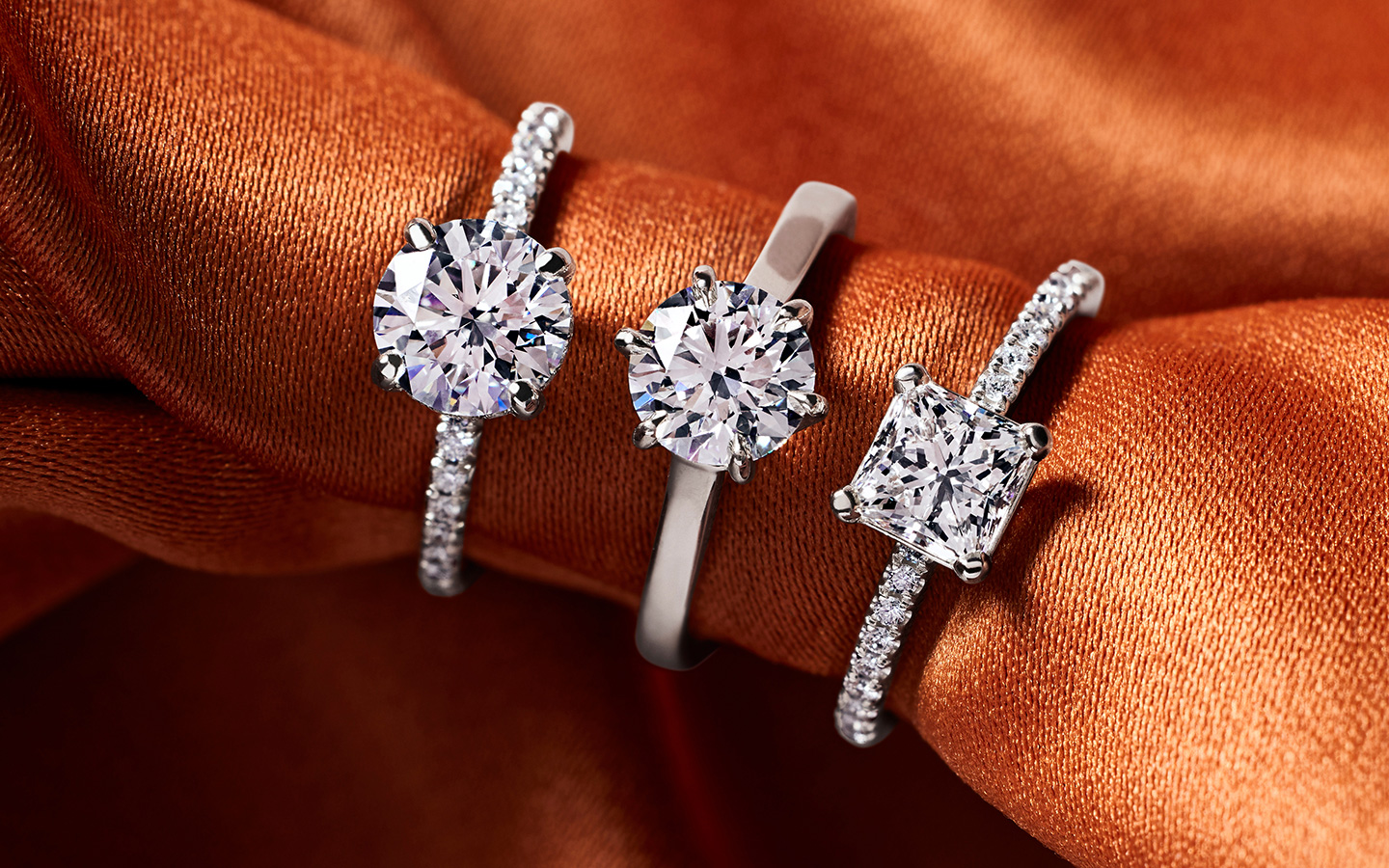
In more recent years, engagement rings have been associated with everlasting love, famous celebrities, royal jewelry, catchy slogans and most importantly, the time-honored commitment of marriage.

Today’s most popular designs include unique engagement rings, halo engagement rings and designer engagement rings. Customization is the name of the game with the modern versions of these symbolic rings, allowing purchasers to select the exact gems, metals and engravings they’re looking for.
Lab Grown Innovations
Lab created diamonds are bringing the newest updates in the centuries-old story of engagement rings. People have the option to wear engagement rings with lab grown diamonds of various shapes, carat weights and quality standards.
Growing Ring Inclusivity
While previous centuries saw mainly women’s engagement rings at the center of this jewelry, recent years have increased the inclusivity of engagement rings. Couples of all types are exchanging engagement rings with men, women and folks of many different gender identities enjoying the special connection an engagement ring symbolizes. Today, people are shopping not only for women’s engagement rings, but for non-binary and men’s engagement rings as well.
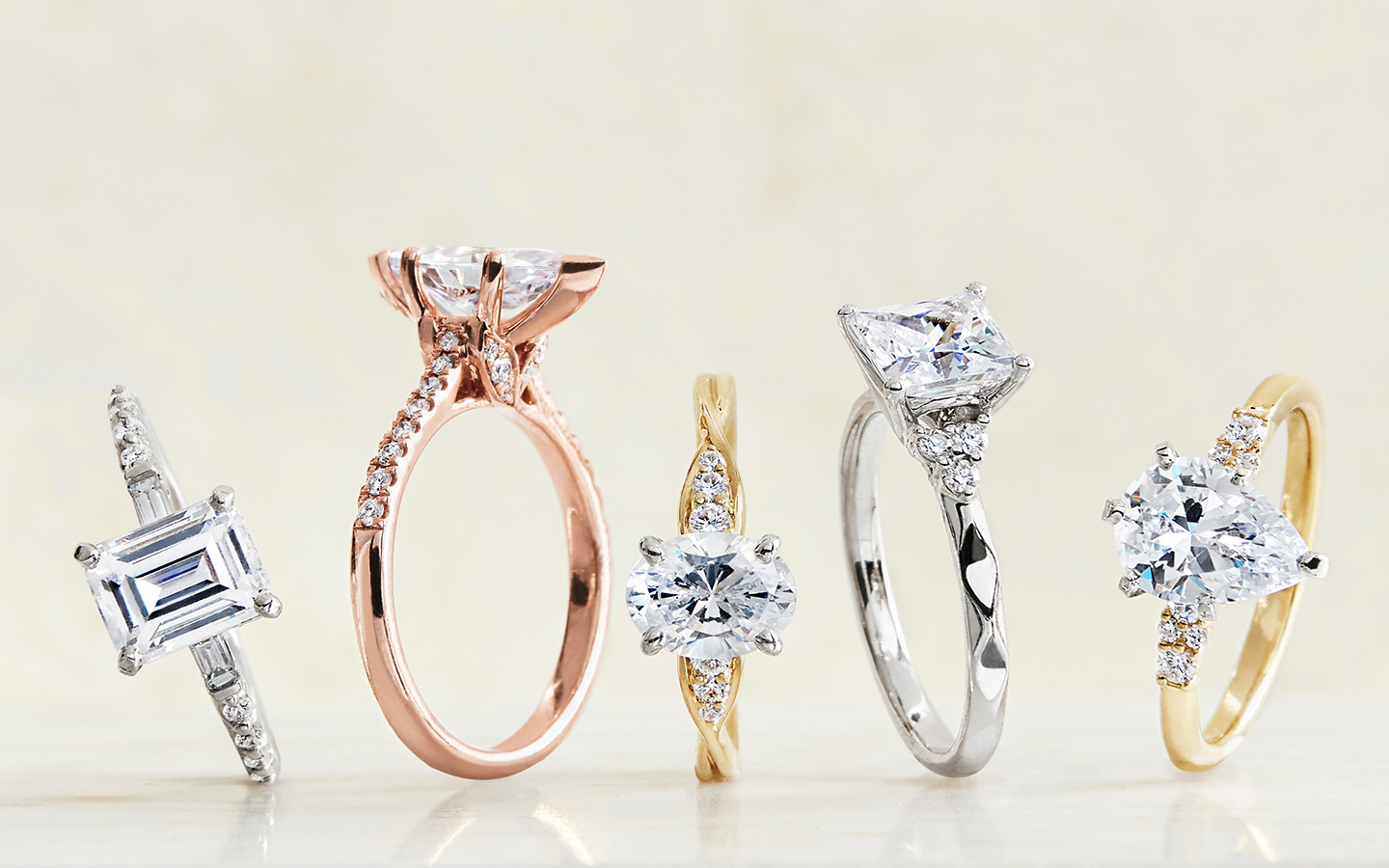
With online shopping, effortless customization and inclusive designs, the future of engagement rings looks bright like the diamonds that adorn so many of these pieces. Ready to find the perfect ring? Learn more about how to buy an engagement ring and start browsing our settings.





